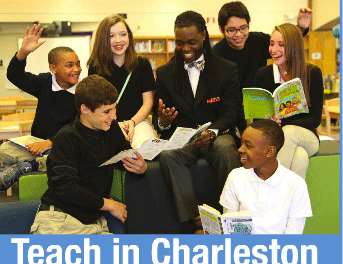
By Molly Ott, Associate Professor of Higher & Postsecondary Education, Arizona State University
The Conversation, November 17, 2020
When COVID-19 hit the U.S., many experts warned that America’s colleges and universities could be devastated. Some of them predicted enrollment declines of up to 20%.
So far, those initial forecasts were worse than what has actually taken place. One month into the fall semester of the 2020-2021 academic year, overall enrollment was only 3% lower than at the same time a year earlier.
One kind of school, however, is faring better: for-profit colleges. Their average enrollment is up by 3%.
In contrast, at public and private nonprofit four-year universities, enrollment fell by about 1.4% and 2%, respectively.
Enrollment has declined much more at community colleges, which had 9.4% fewer students this year. This change occurred even though some experts anticipated community colleges would be more attractive in the COVID-19 era because of their lower costs and flexible transfer policies.
Factors behind the trend
Why are more students attending for-profit colleges in the middle of a pandemic?
This growth is even more surprising given that enrollment at for-profit schools – often criticized as being high priced and low quality – had fallen by an average of 10.5% annually between 2015 and 2019.
As a higher education researcher, I see several factors at play.
For-profit colleges and universities tend to be highly experienced with remote learning, they have more flexibility to deploy financial resources as needed and they have enjoyed favorable policies under the Trump administration, which notably rescinded an Obama-era rule meant to hold them accountable for ensuring that graduates are gainfully employed.
Given the recent presidential election results, I also suspect the increase in for-profit enrollment may be short-lived. Graduates of for-profit colleges are defaulting on their tuition loans at higher rates, and President-elect Joe Biden has vowed to stop these schools from “profiteering off of students.”
Recognized in remote learning
More than 1,000 U.S. colleges and universities – over one-fourth of the nation’s postsecondary institutions – started the fall 2020 semester with some form of in-person instruction. But the face-to-face learning environment has been transformed by COVID-19 prevention measures: social distancing, mask wearing, virus testing requirements, hybrid attendance options and serious restrictions on extracurricular activities, such as sports and clubs.
What you may think of as the “traditional” college experience – where students live, learn and socialize in close physical proximity – is largely not happening this year.
Rather than paying full tuition, housing expenses and – in some cases – extra coronavirus fees for restricted in-person conditions, some students chose not to attend traditional colleges.
Others did not want to risk contracting the coronavirus while attending classes on campus.
Although exact numbers are unknown, some opted for a “gap year.”
Facing a dismal labor market, others sought fully online programs that were more established than the “Zoom U” options hastily implemented in the spring of 2020.




